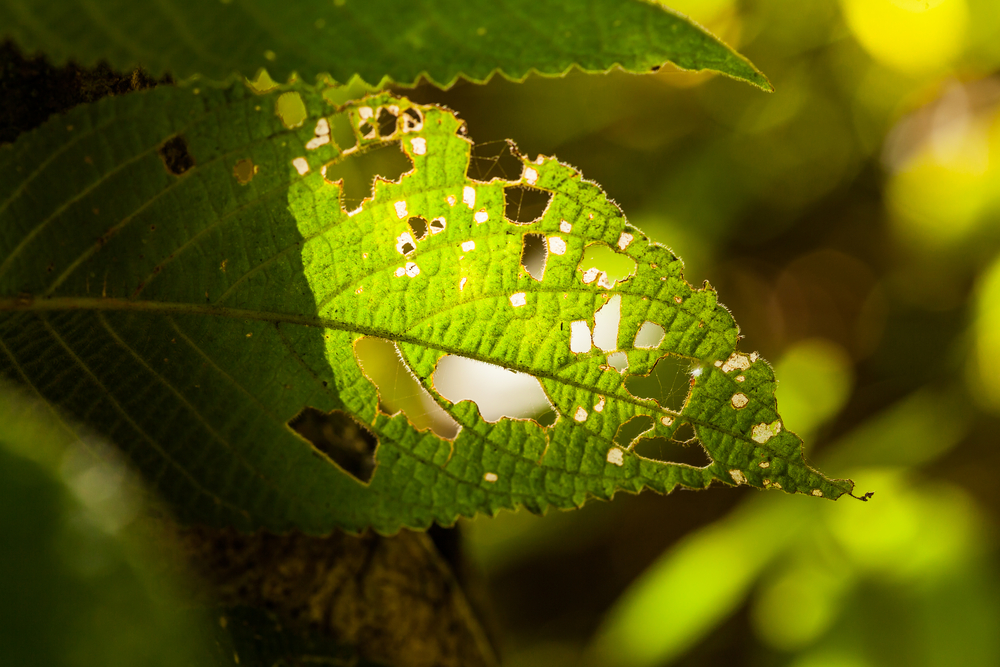

Maintaining healthy trees in Loveland, CO requires proactive measures to protect them from common pests that can wreak havoc on their health and appearance. From the majestic cottonwoods to the resilient ponderosa pines, each tree species in the area faces unique challenges posed by local pests. By understanding these threats and implementing effective preventive strategies, you can ensure that your trees thrive for years to come.
Identifying Common Tree Pests in Loveland, CO
Before you can effectively protect your trees, it’s essential to recognize the pests that pose a threat in Loveland, CO. Some of the most prevalent tree pests in this region include:
1. Emerald Ash Borer
The emerald ash borer (EAB) is a highly destructive pest that targets ash trees. Originally from Asia, this beetle has spread throughout much of the United States, including Colorado. Signs of an EAB infestation include D-shaped exit holes in the bark, serpentine galleries under the bark, and dieback of the tree’s canopy.
2. Pine Beetle
Pine beetles are a major concern for pine trees in Loveland and across Colorado. These beetles bore into the tree’s inner bark, disrupting the flow of nutrients and water. Common signs of a pine beetle infestation include pitch tubes on the bark, sawdust-like frass around the base of the tree, and reddish-brown boring dust in bark crevices.
3. Tent Caterpillars
Tent caterpillars are notorious for forming silk tents in the crotches of trees and feeding on leaves. They can defoliate entire branches if left unchecked. Look for silk tents in early spring and caterpillars actively feeding on leaves.
4. Aphids
Aphids are small, sap-sucking insects that can weaken trees over time. They often cluster on new growth, where they feed and reproduce rapidly. Signs of aphid infestation include distorted or curled leaves, sticky honeydew on leaves and branches, and the presence of ants (which farm aphids for honeydew).
Preventive Measures for Tree Pest Control
Choose Resistant Tree Species
When planting new trees or replacing damaged ones, opt for species that are less susceptible to common pests in Loveland, CO. Research local recommendations or consult with a certified arborist to select trees that are known for their resilience to prevalent pests.
Maintain Tree Health
Healthy trees are better equipped to resist pest infestations. Ensure proper watering, mulching, and fertilization to promote strong growth. Prune trees regularly to remove dead or diseased branches, which can attract pests.
Monitor Trees Regularly
Inspect your trees regularly for signs of pests or disease. Early detection allows for prompt intervention, which can prevent extensive damage. Look for changes in foliage color or density, unusual holes or markings on the bark, and visible pests or their larvae.
Implement Cultural Controls
Cultural controls involve practices that make the environment less hospitable to pests. For example, removing fallen leaves and debris can eliminate overwintering sites for certain pests. Proper spacing between trees promotes good air circulation, reducing the risk of fungal diseases.
Use Horticultural Oils and Insecticidal Soaps
For minor infestations, horticultural oils and insecticidal soaps can be effective in controlling pests like aphids and spider mites. These products suffocate insects on contact without leaving harmful residues that can harm beneficial insects or wildlife.
Consider Biological Controls
Biological controls involve using natural predators or parasites to manage pest populations. Ladybugs, lacewings, and parasitic wasps are examples of beneficial insects that prey on common tree pests. Introducing these predators into your garden can help keep pest numbers in check.
Consult with a Professional Arborist
If you suspect a serious pest infestation or are unsure how to proceed, seek advice from a certified arborist in Loveland, CO. Arborists have the expertise and resources to accurately identify pests, recommend appropriate treatments, and provide long-term care strategies for your trees.
Conclusion
Protecting your trees from common pests in Loveland, CO requires a combination of vigilance, proactive measures, and strategic interventions. By understanding the specific pests that threaten your trees and implementing preventive strategies tailored to your landscape, you can promote tree health and longevity. Whether you’re dealing with the invasive emerald ash borer or the persistent pine beetle, early detection and swift action are key to minimizing damage and preserving the beauty of your outdoor spaces. With careful attention and expert guidance, you can enjoy thriving trees that enhance your property for generations to come.
Need Tree Services In Loveland, CO?
Established in 1996, our team here at Rocky Mountain Tree Service is a tree service based in Loveland, Colorado. We specialize in a variety of services including tree trimming, tree removal, shrub & hedge trimming and removal, stump grinding, yard work, storm damage clean-up, and more. As an ISA Certified Arborist with over 20 years of experience, we value providing quality services at an affordable price. We are Open Monday-Friday with weekends being open by appointment or emergency only. Contact us today for more information!

